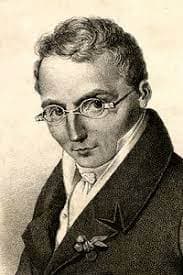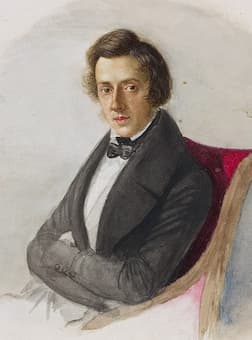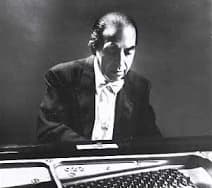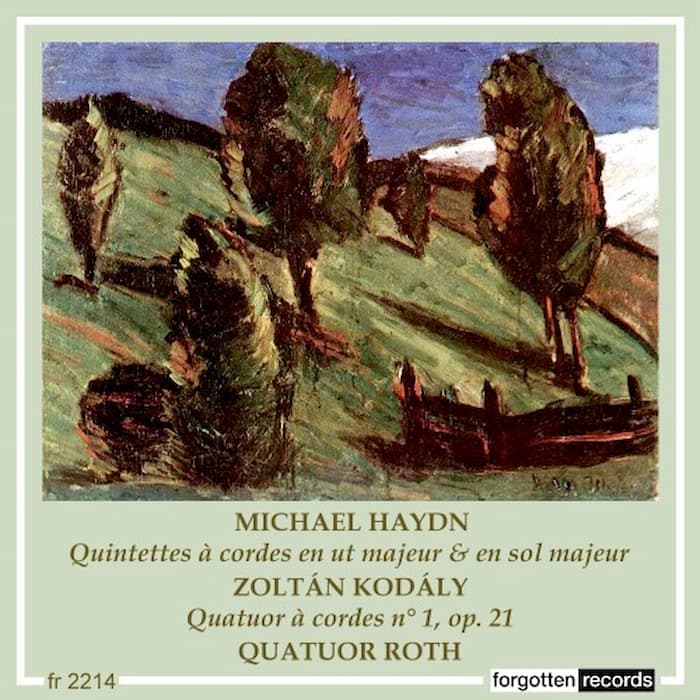
Ferdinand Hérold
The advent of the home piano changed music immeasurably. Now it was possible to have music available when you wanted it and something that you’d heard at a concert could be yours at home. It wasn’t until the advent of the radio that the availability of home music would change again.
You could buy reductions of your favourite symphonies, you could buy piano vocal scores of your favourite operas and sing through them with your friends, and then came the idea of variations on opera themes.
Composers who understood how much their audience likes certain themes from operas took those themes and used them to make the opera come alive again. In May 1833, Chopin heard a performance of Ferdinand Hérold’s (1791–1833) opera Ludovic, which had been finished after Hérold’s death by his friend Hálevy. From this he composed his final variation set on the aria “Je vends des scapulaires” and with that, closed the chapter of the virtuoso style that Paris loved so well. The stil brillante (brilliant style) had become such a cliché that it even appeared as a definition in music dictionaries of the time: “First there are simple quavers and triplets, then arpeggios, syncopations and octaves, without forgetting the adagio in the relative mode and the tempo di polacca.” (Castil-Blaze, Dictionnaire de Musique Moderne, 1825). By its very over-the-top values, it became valueless as audiences sought something more real.

Maria Wodzińska: Chopin
Hérold has vanished from our opera stages, but two operas, Zampa and Le Pré aux clercs remained in the Paris repertoire for decades after his death. The 1,428th performance of Le Pré aux clercs was given on the Opéra-Comique stage on the centary of Hérold’s birth in January 1891.
An opéra comique, the opera Ludovic is about love gone wrong, as the hero, Ludovic, manages to shoot the heroine as she’s about to marry someone else; when she recovers, she realizes she loved Ludovic all along. The act I aria, ‘I sell scapulars’ was taken up by Chopin as the source for his variation set.

George Banhalmi
The Hungarian pianist György Bánhalmi (George Banhalmi) (1926-1985) entered the Franz Liszt Academy of Music when quite young and studied piano, composition, conducting, percussion, and chamber music. While in Hungary, he was the official state soloist with the Hungarian Philharmonic Institute and for Budapest Radio. His concert career took him through Europe and to the Far East. After winning the 1956 Queen Elizabeth Competition in Belgium, he left Hungary and spent two seasons with the Chicago Symphony Orchestra at the invitation of their music director Fritz Reiner.
George Banhalmi
Recorded in 1957
For more of the best in classical music, sign up to our E-Newsletter


